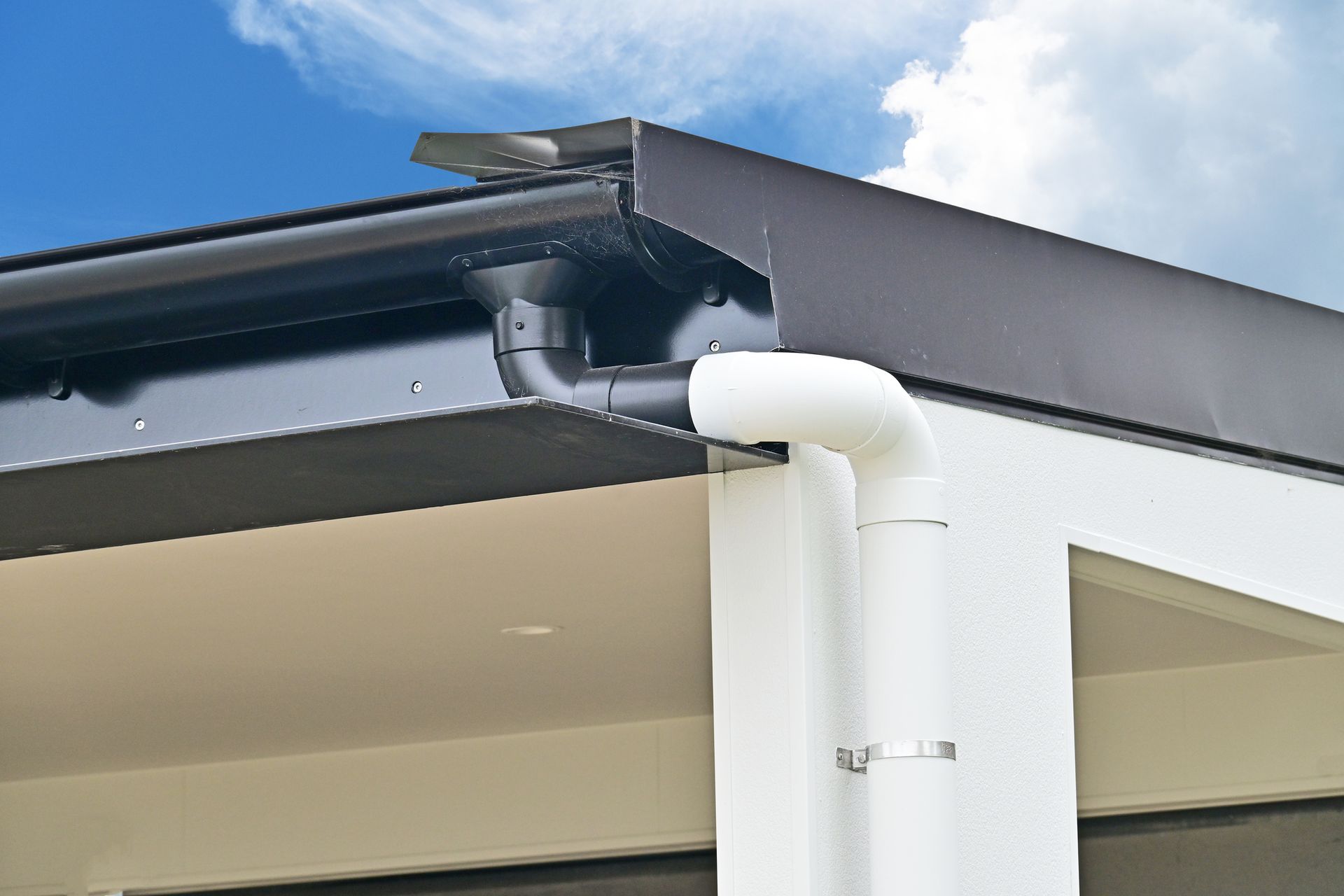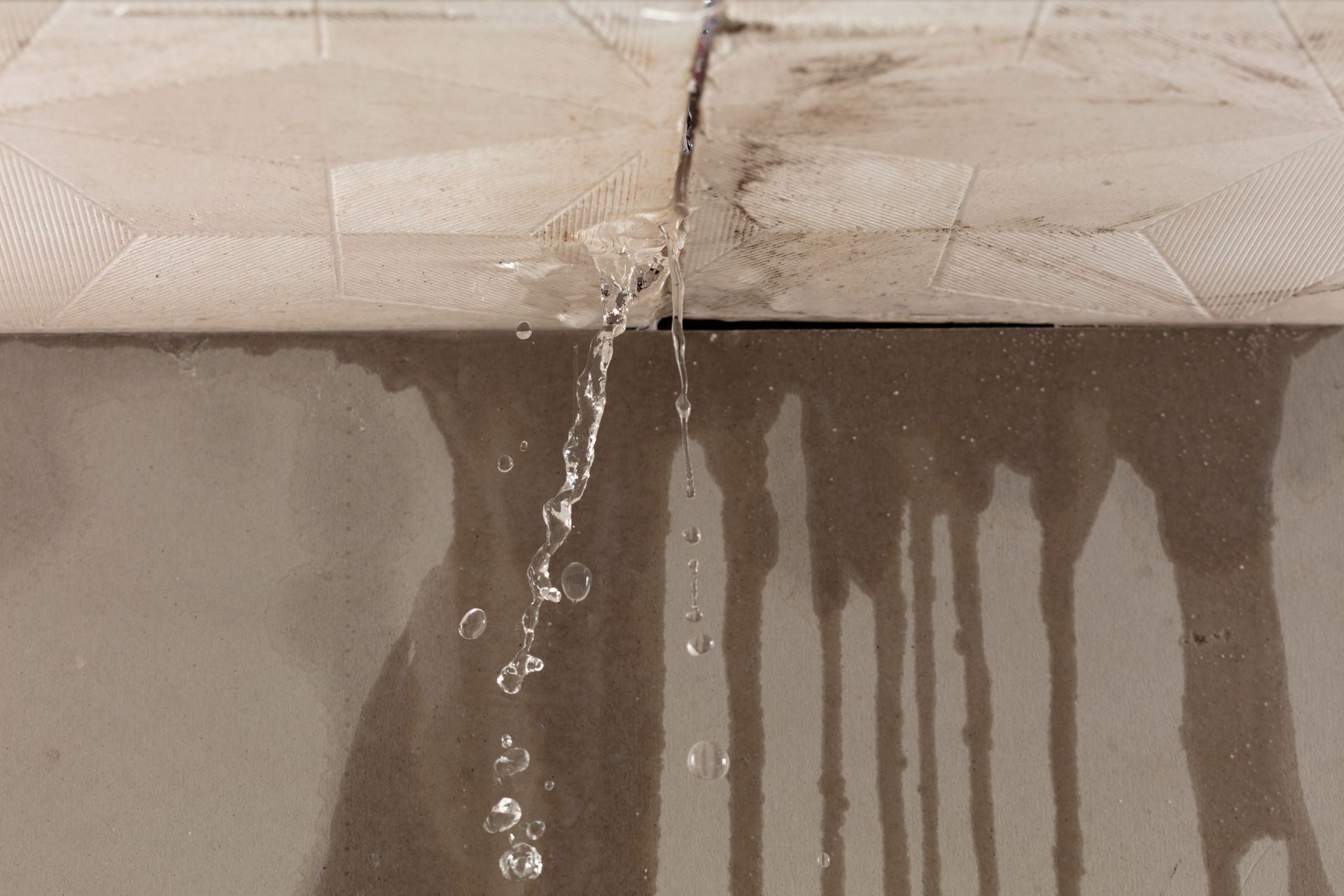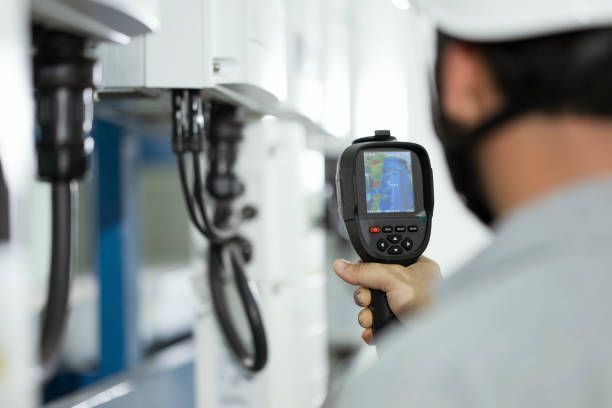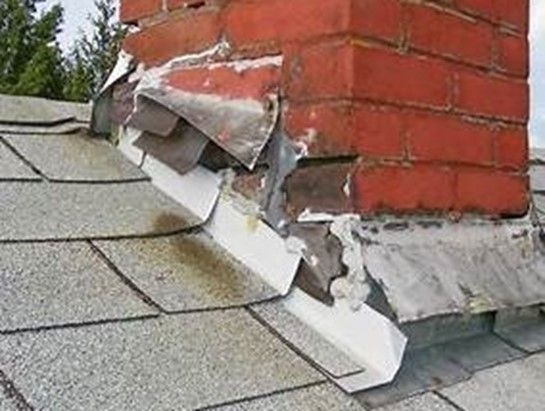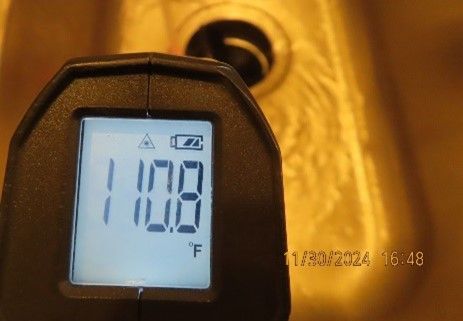The Importance of Having Your Home Inspected Before Winter
A home inspection before winter is crucial for multiple reasons. Preparing your home for the cold and potentially harsh conditions of winter can help you avoid costly repairs and ensure the safety and comfort of your family. Here are some key reasons why a home inspection before winter is important and should be part of a yearly consideration:
Identify and Address Potential Issues: All homes need maintenance over time, just like cars and just like humans! A thorough home inspection can uncover any existing or potential issues that could worsen during the winter months. This may include issues with the roof, insulation, heating systems, plumbing, and electrical systems. Identifying problems early allows you to address them before they become major headaches.
Energy Efficiency: Ensuring your home is well-insulated and energy-efficient can help you save on heating costs during the winter. An inspection can reveal areas where insulation may be lacking or where there are openings, and you can take steps to improve energy efficiency.
HVAC System Maintenance: Winter is the time when your heating system works hardest. A home inspection can help identify potential problems with your heating system, such as dirty filters, malfunctioning components, or the need for a tune-up. Proper maintenance can prevent unexpected breakdowns and ensure your system is running efficiently. A very important aspect of gas furnace, which are common in Houston is the heat exchanger. If the heat exchanger is damaged or cracked, carbon monoxide can enter the home. Carbon monoxide is a salient killer and homes with gas appliances are required to have a carbon monoxide detector on each story of the home.
Roof and Gutters: Snow and ice can put extra stress on your roof and gutters. An inspection can identify loose or damaged shingles, clogged gutters, and areas of concern, preventing leaks and water damage in your home. While this is not a common treat in Houston, previous years have shown that rare snow and ice can affect the Houston area.
Plumbing Checks: Freezing temperatures can lead to frozen and burst pipes, causing significant damage. An inspection can help you identify vulnerable areas and take preventive measures, such as insulating pipes, to avoid potential water damage.
Fire Safety: Heating equipment, fireplaces, and wood-burning stoves become more critical during the winter. An inspection can ensure these systems are in good working order and meet safety standards to prevent fire hazards. Functional, and correctly placed smoke and carbon monoxide detectors are required in residential home.
Pest Control: Winter is a time when rodents and pests seek shelter in warm homes. An inspection can uncover any points of entry or signs of infestations, allowing you to address the issue before it becomes a bigger problem. Common locations are garage doors, entry doors, weep holes in brick, damaged siding, and gaps present at the roof level.
Weatherproofing: Weatherstripping, sealing gaps, and maintaining seals around windows and doors can keep cold air out and warm air in. An inspection can help you identify areas that require weatherproofing. These items support the HVAC system and it’s ability to effectively heat the home.
Home Safety: Safety should be a top priority during the winter. An inspection can check for issues such as carbon monoxide leaks, electrical hazards, and proper smoke and carbon monoxide detector functionality.
Peace of Mind: Finally, a pre-winter home inspection provides peace of mind. Knowing that your home is in good condition and ready to face the challenges of winter can reduce stress and ensure a comfortable and safe environment for you and your family.
In conclusion, a home inspection before winter is essential for maintaining the structural integrity, energy efficiency, and safety of your home during the cold season. It's a proactive step that can save you money and prevent potential disasters down the line. Consider hiring a qualified home inspector to thoroughly assess your property before winter sets in.
Boxer Inspections LLC #22794, #781996
281-783-3030 | info@boxerinspections.com | www.boxerinspections.com |

